Things You'll Need
Lint-free cloth
Old plastic tablecloth
Shallow plastic tub or container large enough to fit the cork
Hot water
Plastic spoons or forks
Fabric dye in desired color
Rubber gloves
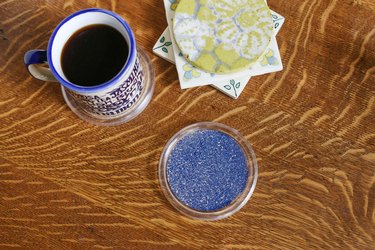
Add your own colorful twist to cork's inherent natural beauty by dyeing it for your next cork-based project. All types of cork -- craft sheets, bulletin boards, flooring and wine corks -- absorb tints, as long as the cork has not been treated with a sealer. Sealers, such as the type used to protect cork floors, prevent cork from absorbing liquids. Water-based fabric dyes or even red wine may be used to stain cork successfully.
Step 1
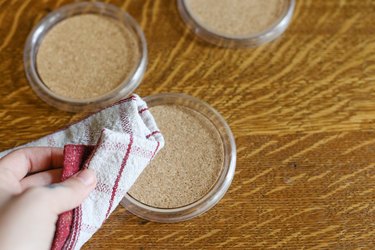
Wipe the cork project material down with a damp, lint-free cloth to remove dust or debris. Allow the cork to air-dry.
Video of the Day
Step 2
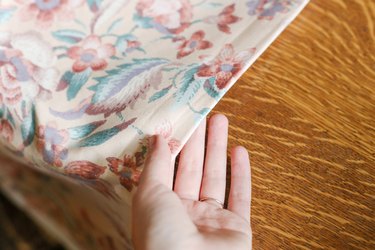
Cover the work area with an old plastic tablecloth or plastic tarp to prevent spilled dye from staining the surface.
Step 3

Set a shallow plastic tub on the table, selecting a tub that is wide enough to fit the cork project pieces completely. For instance, if dyeing a thin, 10-inch square sheet of cork, the tub must be wide enough to fit the sheet without folding the cork, which may crack or break it.
Step 4

Pour a cup or two of hot water into the plastic tub or container, mixing in an appropriate amount of dye, based on the directions on the dye package. For some liquid fabric dyes, 1 tbsp. is the amount needed for 1 cup of water. Stir the liquid using a plastic spoon or fork until it is well blended.
Step 5
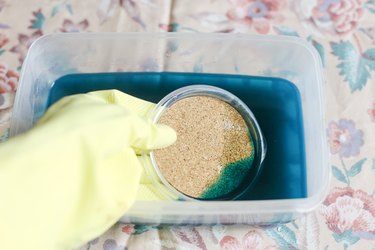
Put on rubber gloves, then set the cork piece or pieces into the dye bath. Press the pieces under the liquid from time to time using a plastic fork to submerge them completely, since cork floats.
Step 6
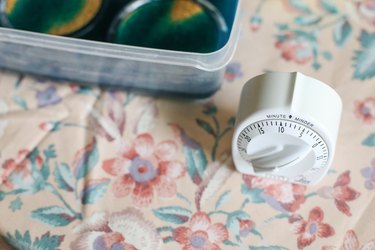
Remove the cork from the dye bath after 5 to 10 minutes or when the cork color looks as dark as you want it to, or even a little darker. Rinse the cork under running water until the water runs clear.
Step 7
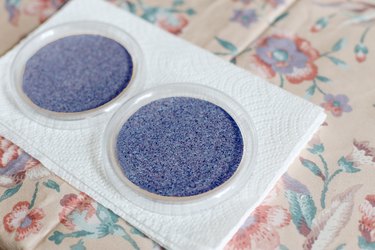
Place folded paper towels atop the plastic tablecloth. Set the rinsed cork pieces on the paper towels until they dry completely. Flip or rotate the cork after a few hours to dry the other side.
Tip
When working with wine corks, use a plastic or waxed takeout food container as the vat for the dye bath -- it is deep enough to completely submerge the corks and narrow enough to not require a vast amount of dye.
If dyeing a handful or more of cork pieces, set them on a large plastic lid or tray to cart them to the sink or utility tub for rinsing. This helps prevent them from dripping on the floor.
To dye with wine, pour red wine -- even wine that has gone bad -- into a plastic tub instead of water and dye. Remove the cork from the wine when the cork takes on a red tint.
Synthetic wine corks may not accept dye, as they are generally not porous like true cork.
Warning
Rinse the cork in a utility sink if concerned about getting dye in your kitchen or bathroom sink. Rinse the sink out immediately after to remove all traces of dye.
Video of the Day